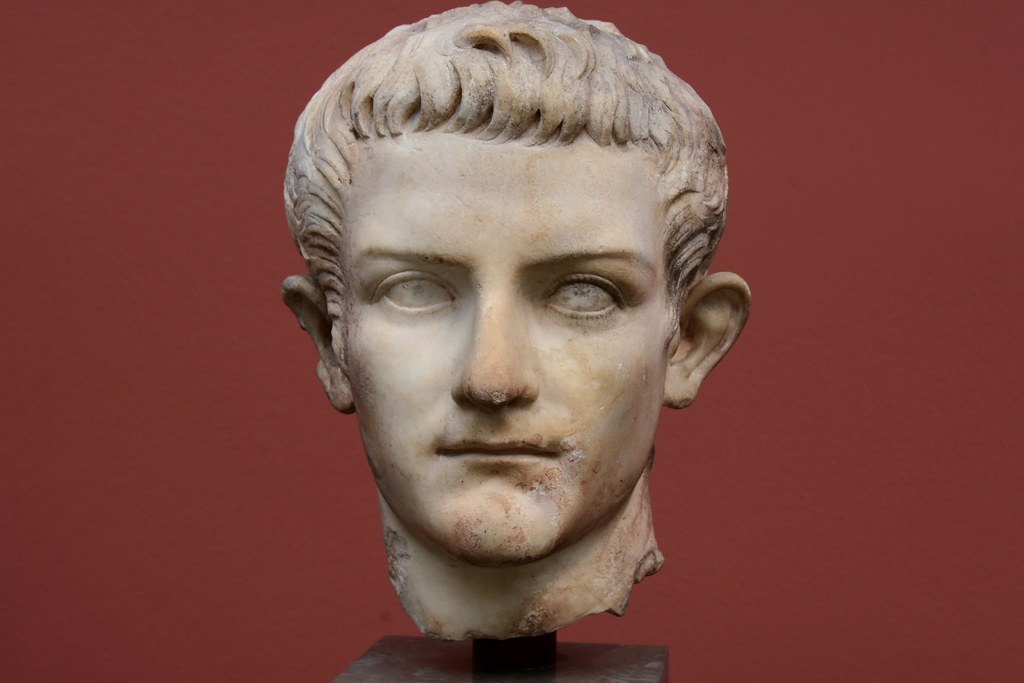Few figures evoke as much fascination and controversy as Caligula, the third Emperor of Rome. Renowned for his extravagance, capriciousness, and descent into madness, Caligula's reign left an indelible mark on the Roman Empire. Yet, perhaps no artifact encapsulates the essence of his tumultuous rule quite like the infamous Caligula statue.
Central to the mythology surrounding Caligula is his transformation from a promising young prince into a despotic ruler consumed by megalomania. Born Gaius Julius Caesar Augustus Germanicus in 12 CE, Caligula earned his nickname, meaning "little boots," from his childhood habit of wearing miniature military sandals. Despite his noble lineage, Caligula's ascent to power was fraught with intrigue and betrayal, culminating in his coronation as Emperor in 37 CE following the assassination of his predecessor, Tiberius.
It was during his brief but eventful reign that Caligula's penchant for excess and tyranny came to the fore. Tales of his extravagant spending, debauchery, and disdain for tradition abound in the historical record, painting a portrait of a ruler driven by unchecked ambition and a thirst for adulation. Yet, amidst the tales of Caligula's excesses, one particular artifact stands out as a testament to his peculiar brand of madness: the Caligula statue.
Crafted in the likeness of the Emperor himself, the Caligula statue was not merely a representation of his physical form but a symbol of his divine authority and unchecked power. Carved from marble or bronze by skilled artisans of the era, these statues were intended to immortalize Caligula's image for eternity, serving as a reminder of his dominion over the Roman world.
However, it is not the craftsmanship or artistic merit of the Caligula bust that captures the imagination but rather the eerie legend that surrounds it. According to ancient accounts, Caligula was so enamored with his own image that he demanded the construction of statues and likenesses of himself throughout the empire. Yet, it was said that one particular statue, located in the Temple of Castor and Pollux in Rome, held a peculiar power: it laughed at Caligula.
The tale of the statue that laughed at Caligula has become the stuff of legend, symbolizing the Emperor's descent into madness and divine delusion. Some historians attribute the laughter to natural phenomena, such as the creaking of the statue's joints or the flickering of torchlight casting eerie shadows. Others suggest it was a fabrication designed to undermine Caligula's authority or a reflection of his own paranoia and insecurity.
Regardless of its veracity, the story of the statue that laughed at Caligula endures as a potent symbol of the Emperor's hubris and the unpredictability of power. In death, Caligula's legacy remains shrouded in mystery and controversy, his reign serving as a cautionary tale of the dangers of unchecked ambition and the fragility of human nature.
As we contemplate the enigmatic figure of Caligula and the symbolism of his statues, we are reminded of the enduring allure of ancient history and the timeless lessons it imparts. The Caligula statue stands as a testament to the complexities of power and the indelible impact of those who wield it, inviting us to ponder the mysteries of the past and the echoes of history that resonate in the present day.




